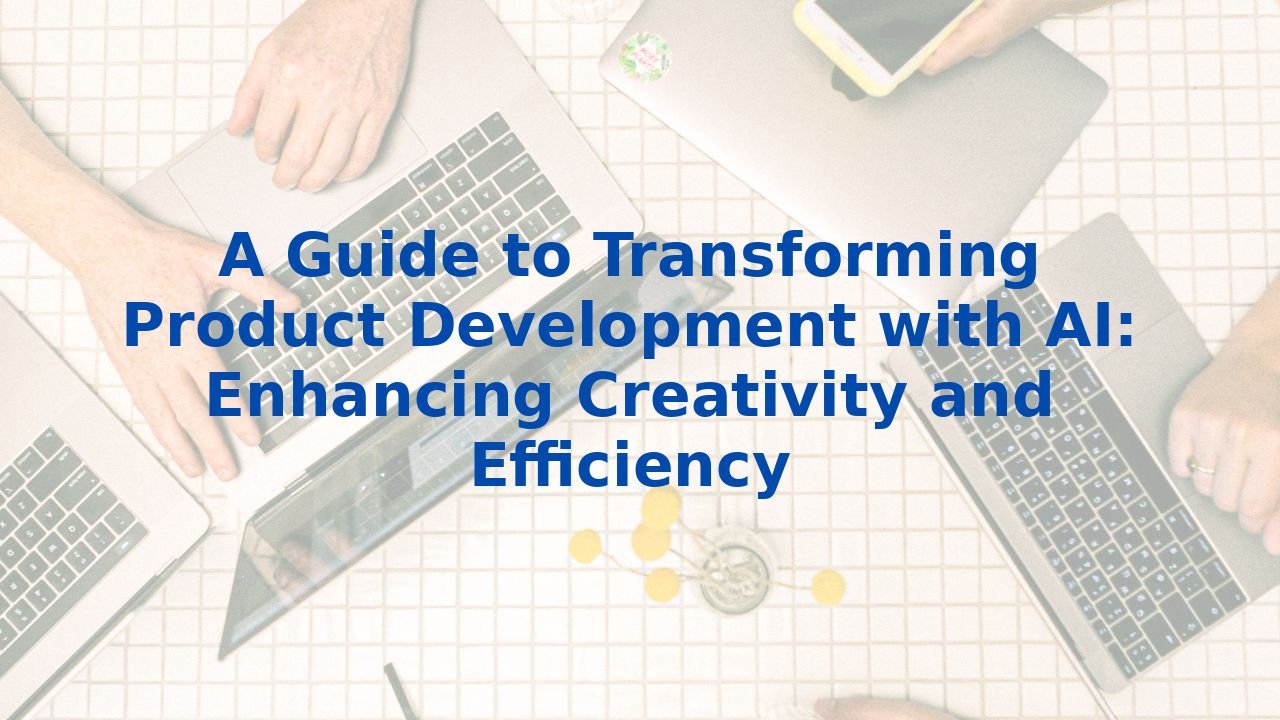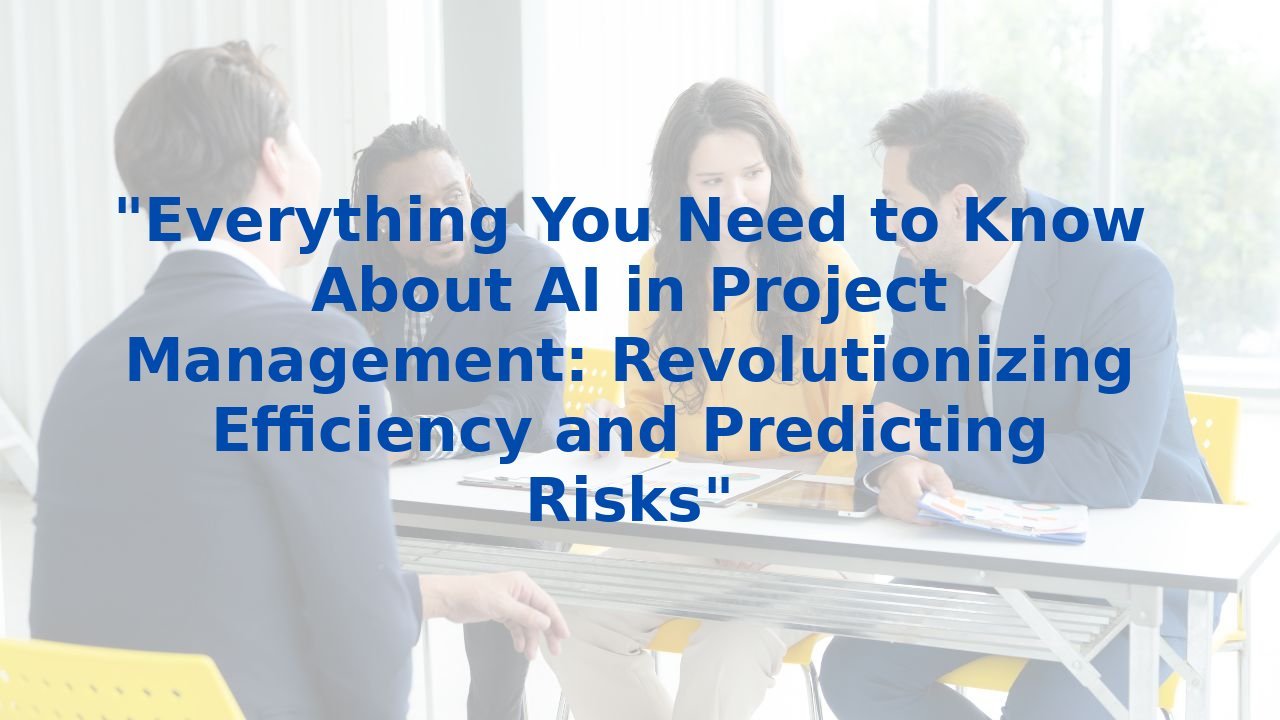A Guide to Transforming Product Development with AI: Enhancing Creativity and Efficiency
A Guide to Transforming Product Development with AI: Enhancing Creativity and Efficiency
In the realm of product development, innovation and efficiency are not just advantages; they are necessities for survival. As businesses navigate an evolving landscape, the integration of Artificial Intelligence (AI) is proving to be a game changer. By enhancing creativity and streamlining operations, AI becomes not just a tool but a strategic partner in the intricate dance of product development.
Concept and Idea Generation
The journey of bringing a product to life begins with ideation—a phase often fraught with obstacles. Here, AI can serve as a lighthouse, illuminating pathways through vast seas of data drawn from customer feedback, market trends, and social media signals. Imagine leveraging machine learning algorithms that can sift through this data, recognizing patterns and revealing insights that might escape the human eye. This kind of analysis informs the development of innovative product concepts, paving the way for designs that are not just creative but grounded in actual consumer desires.
Additionally, generative design algorithms provide a new dimension to the brainstorming process. These algorithms can produce multiple viable design alternatives based on certain criteria, expanding the creative palette for designers and allowing exploration that goes beyond traditional methods. When your team collaborates with AI in this way, the result is a more dynamic foundation for product development, teeming with potential.
Design and Prototyping
As product ideas solidify, the design and prototyping stages emerge as critical arenas where AI truly shines. The advent of AI-powered generative design tools revolutionizes how designers iterate and refine their concepts. These tools allow for the rapid exploration of design possibilities, optimizing solutions at speeds that human designers simply cannot match. Consequently, the design process becomes not only faster but also more informed.
Moreover, AI enhances prototyping through sophisticated simulation methods. Virtual prototyping enables teams to identify possible issues and opportunities for improvement by predicting how a product will perform under varying conditions. This proactive approach minimizes the risks associated with traditional prototyping, ensuring that when teams advance to physical models, they are built on a solid foundation of insights and predictions.
Manufacturing and Supply Chain Management
Entering the manufacturing phase, AI's transformative power is further revealed. By automating and optimizing production processes, AI converges efficiency with productivity, breathing life into the concept of smart factories. For instance, predictive maintenance can anticipate equipment failures and schedule repairs before they become a problem. This foresight ensures that production lines remain uninterrupted, ultimately enhancing the ability to meet consumer demand.
AI's influence extends to supply chain management as well, where forecasting demand and optimizing inventory levels become paramount. By analyzing historical data and ongoing market trends, AI algorithms provide businesses with the precision they need to tailor supply chains effectively. The result? Products are available exactly when and where they're needed, minimizing costs associated with excess inventory or stock-outs.
Quality Assurance and Testing
In a landscape where product quality is non-negotiable, AI rises to the occasion. Automated testing powered by AI enhances traditional quality assurance processes by identifying defects and anomalies with unrivaled accuracy. By utilizing machine learning models, businesses can conduct real-time monitoring during manufacturing, swiftly correcting issues as they arise. This not only boosts product quality but also reduces costs related to recalls and post-production adjustments.
Benefits of AI in Product Development
The integration of AI throughout the product development journey brings with it a wealth of benefits. Enhanced efficiency and improved speed are just the tip of the iceberg. By automating mundane, repetitive tasks, AI frees up human resources, allowing team members to focus on creative and strategic initiatives. This leads to quicker time-to-market and offers a distinct competitive advantage for companies willing to embrace change.
However, the true value of AI is unlocked when organizations invest in training their employees to harness its capabilities. Understanding the nuances of AI—its potential and limitations—ensures that teams can effectively integrate AI into existing workflows. Training can involve anything from data literacy to communication skills, creating a workforce ready to drive innovation.
Conclusion
AI is not merely a technological advancement; it’s a catalyst for a new era of product development characterized by innovation, speed, and precision. By embedding AI at every stage—from ideation to production—companies can navigate market dynamics with agility and produce offerings that exceed customer expectations. As this technology continues to evolve, so too should organizational strategies, ensuring that businesses remain at the forefront of their industries. Embrace AI, empower your teams, and watch as your product development processes transform into something truly extraordinary.



